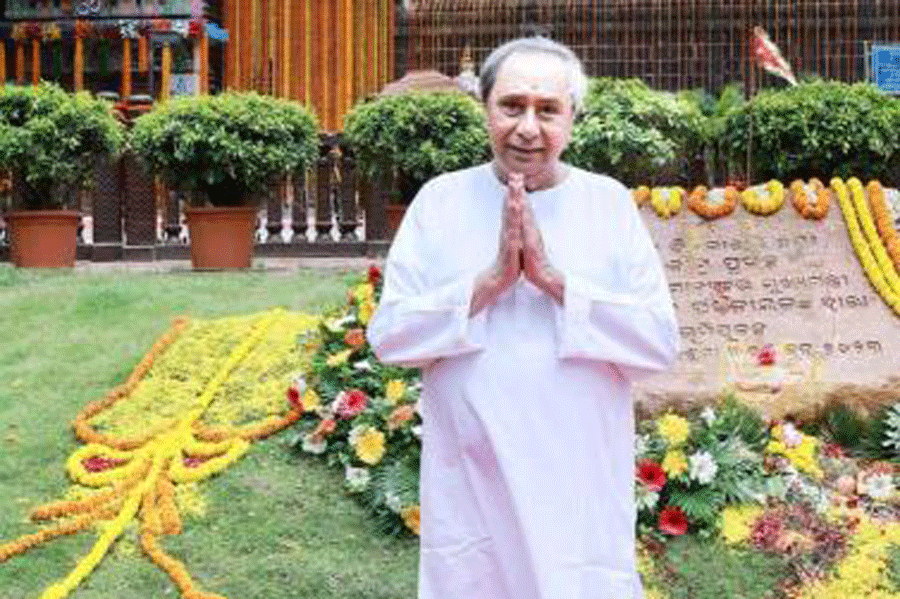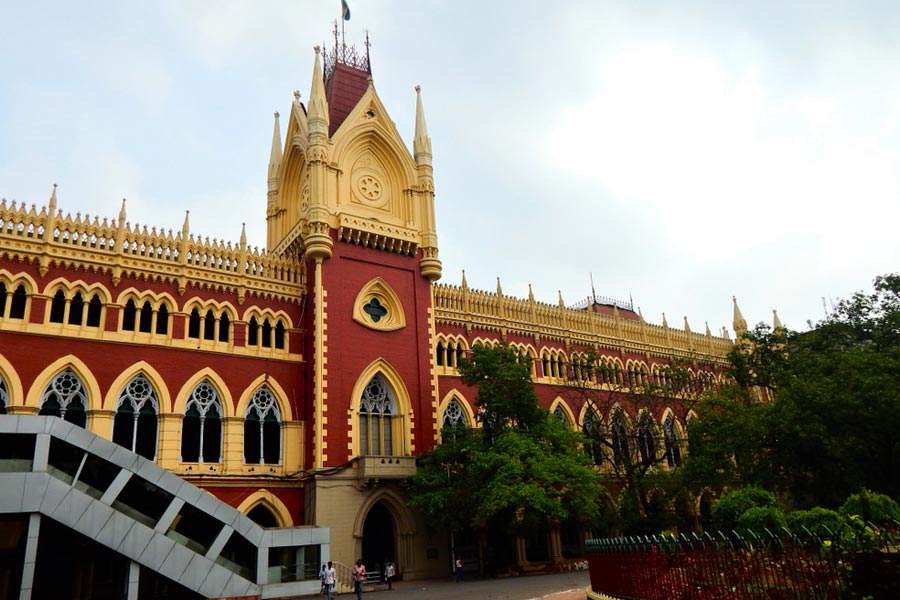Odisha chief minister Naveen Patnaik has approved Odisha Rural-Urban Transition Policy, aimed at removing the rural-urban divide by providing essential urban infrastructure, amenities and services to all citizens residing in the fast-growing rural areas adjoining cities.
According to officials of the state housing and urban development department, this is a first-of-its-kind policy which intends to introduce a series of progressive and pragmatic measures to address the challenges of unplanned and unregulated urbanisation.
The officials said the existing system of notification of a rural area as an urban area brings about abrupt changes in the political and administrative set-up, impacting the socio-economic conditions of the citizens as there is no window period for them to accommodate the sudden change. It also lacks a participatory and inclusive approach, which often leads to resistance and breeds litigation. Presently, 19 per cent of Odisha’s population resides in urban areas and is expected to reach 21 per cent by 2031.
In a media release, the state housing and urban development department said: “The growth of census towns or peri-urban areas account for nearly 40 per cent of the urbanisation in the state. However, these peri-urban and rurban areas have been grappling with the challenge of inadequate access to social infrastructure and civic amenities and services even after declaring such areas as urban areas.
“After intensive consultations with the experts and practitioners, it has emerged that the absence of a comprehensive policy and robust institutions to contain unplanned urbanisation has been the primary reason for this situation.”
The release said: “The Rural-Urban Transition Policy aims at providing urban civic amenities or services to the people in the identified rural areas much before the areas are formally notified as urban areas.
“The policy allows the creation of a special budget for implementation of infrastructure projects and delivery of services while actively involving the elected representatives, officials, and all other stakeholders in the planning, execution and monitoring of the transition process.”
It further said: “Under the policy, rural areas after an intensive process of identification will be declared as urban areas coming into effect from the date on which the tenure of the existing elected representatives expires.
“During the interim period, the notified rural area will be taken up for up-gradation of infrastructure and services to provide all urban services on par with the adjacent urban areas. During the transition period, ward delimitation and other administrative measures will also be put in place so that from the effective date, the area will start functioning as a full-fledged urban area with all required urban infrastructure and services,” it said.
This policy provides for the constitution of steering and implementation committees with top officials of the state government including the chief secretary and experts driven from various domains such as urban planning, finance, engineering, management and IT.
This will ensure the convergence of government schemes and inter-departmental coordination for a smooth and seamless transition of the peri-urban and rurban areas into full-fledged urban areas.











